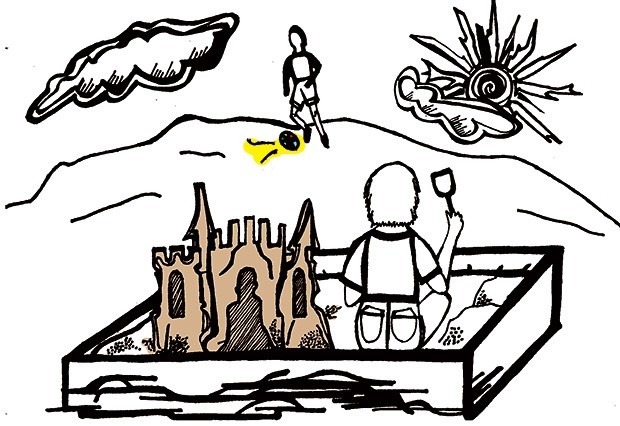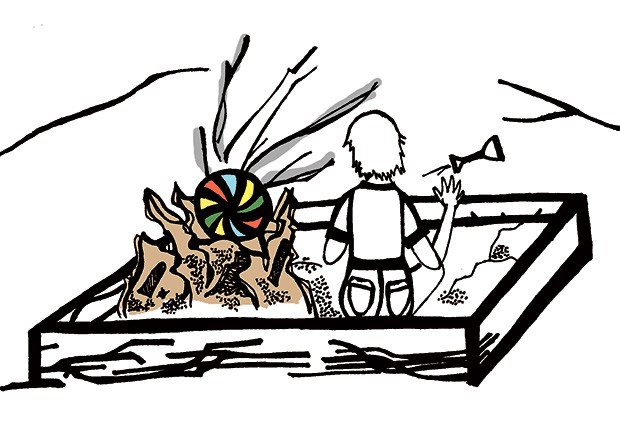News release
Children’s trust of each other depends on their relationship
Montreal, November 3, 2015 — “Mom! He splashed me on purpose!” “No I didn’t — it was an accident!” Arguments over whether one sibling intended to harm another are a common soundtrack for parents with more than one kid. New research from Concordia shows that some children are more likely than others to believe that their brother or sister is deliberately trying to harm them.
The results have important implications. “Regularly attributing hostile intent to a sibling can signal a deeper problem,” says Holly Recchia, assistant professor in the Department of Education.
How kids relate to their brother or sister can affect other social interactions. “Low-quality relationships between siblings have been linked to aggression and violence, which are in turn related to a host of harmful outcomes, including depression, anxiety and behavioural problems like delinquency,” Recchia says.
In a study recently published in Social Development, Recchia investigated how six- to eight-year-olds interpret ambiguous provocation. She and her team presented 121 children with scenarios in which siblings, friends and disliked peers of similar ages were described as the perpetrators of harm.


Participants were described fictional situations like the following, and then asked to explain the antagonist’s actions.
You are playing in the sandbox, making a cool castle out of sand. You see Christian playing with a ball nearby. You finish building your castle. All of a sudden, Christian’s ball hits your castle and destroys it.
Why did Christian hit your castle with his ball?
“We wanted to see how children’s attributions of their siblings’ intent differ from those for their peers, and also how those attributions vary based on the relationship that they have with that sibling,” says Recchia, who co-wrote the study with Concordia graduate students Amandeep Rajput and Stephanie Peccia.
The researchers found that children were more likely to believe that their older siblings were deliberately trying to cause them harm, as compared to their younger siblings. Children were most likely to attribute hostile intent to their sibling in the context of affectively negative relationships. They also attributed more hostile intent to disliked peers than to brothers and sisters, and less hostile intent to friends than to siblings. The subjects were equally likely to believe that friends and siblings provoked them by accident — but less likely to think that of disliked peers.
Power dynamics play a role in these interpretations. “It makes sense that children are more likely to attribute hostile intent to their older siblings because they can be more coercive with their younger counterparts in conflict due to their greater physical strength and mental abilities,” Recchia says.
“On the other hand, relationships between same-aged peers are more egalitarian, in that children have relatively equal power during interactions.”
Read “Children’s Interpretations of Ambiguous Provocation from Their Siblings: Comparisons with Peers and Links to Relationship Quality,” the study by Holly Recchia, Amandeep Rajput and Stephanie Peccia.
Find out more about Child Studies at Concordia.
Source
© Concordia University